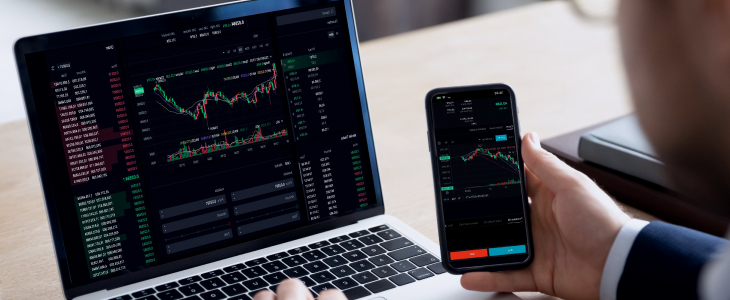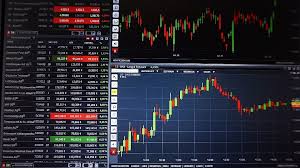
In the world of foreign exchange (forex) trading, having a well-structured framework is essential. A professional approach not only enhances trading performance but also mitigates risks associated with market volatility. By following a few guiding principles, traders can develop their own personalized trading framework that aligns with their goals and risk tolerance. For more insights and resources, visit forex trading framework professional guidelines forex-level.com.
Understanding Forex Trading Framework
A forex trading framework is a comprehensive structure that includes trading strategies, risk management, analysis methods, and emotional discipline. It serves as a guideline for traders to make informed decisions while navigating the complexities of the forex market. Below are the main components critical to building a robust trading framework.
1. Setting Clear Goals and Objectives
Before entering the forex market, it is crucial to define clear trading goals. Are you aiming for long-term wealth accumulation, or are you interested in short-term gains? Establishing your objectives will help you shape your trading strategy and stay disciplined. It’s advisable to use the SMART criteria—goals should be Specific, Measurable, Achievable, Relevant, and Time-bound.
2. Understanding Market Analysis
There are three primary types of market analysis that can be used to inform trading decisions: technical analysis, fundamental analysis, and sentiment analysis.
- Technical Analysis: This involves analyzing price charts and using indicators to forecast future price movements based on historical patterns.
- Fundamental Analysis: In this approach, traders assess economic indicators, news releases, and geopolitical events that can affect currency values.
- Sentiment Analysis: This method gauges market sentiment to understand the mood of traders, which can impact price-directional movement.

3. Developing a Trading Strategy
Once traders have a clear understanding of their objectives and market analysis, the next step is to develop a sound trading strategy. The strategy should encompass:
- Entry and Exit Points: Determine specific conditions that prompt the opening and closing of trades.
- Trade Size: Decide on the appropriate position size relative to your account balance—this helps mitigate risk exposure.
- Trading Style: Identify whether to adopt day trading, swing trading, or position trading based on personal preference and market conditions.
4. Risk Management Techniques
Effective risk management is a cornerstone of successful forex trading. Traders should employ multiple techniques to protect their capital:
- Stop-Loss Orders: Implementing stop-loss orders helps traders limit their losses by automatically closing positions at predetermined prices.
- Risk-Reward Ratio: A favorable risk-reward ratio (commonly recommended at 1:2) ensures that potential gains outweigh potential losses.
- Diversification: Spreading investments across various currency pairs can help reduce the overall risk of the trading portfolio.
5. Psychological Discipline
Forex trading can be emotionally taxing, and psychological discipline plays a significant role in a trader’s success. Here are essential practices to cultivate emotional resilience:

- Stay Patient: Avoid impulsive decisions; wait for your trading setups to align with your strategy.
- Accept Losses: Losses are part of trading; it’s vital to learn from them instead of letting them impact future decisions negatively.
- Maintain Consistency: Stick to your trading plan and remain consistent in following strategies without wavering due to emotions.
6. Continual Learning and Adaptation
The forex market is dynamic and ever-changing; as such, continual learning is essential. Traders should:
- Stay updated with economic news and market developments.
- Review past trades to evaluate performances and identify areas for improvement.
- Participate in webinars and forums to foster a better understanding of market behavior and strategies shared by seasoned traders.
7. Monitoring Progress
Tracking progress is essential to understanding how well your trading framework performs. Use trading journals to document trades, reflecting on what strategies worked and which did not. Regularly assessing performance allows traders to make informed adjustments to their strategies and remain on the path toward achieving their trading objectives.
Conclusion
Creating and adhering to a professional forex trading framework can significantly enhance a trader’s performance. By setting clear goals, utilizing market analysis, developing solid strategies, practicing effective risk management, maintaining psychological discipline, engaging in continuous learning, and monitoring progress, traders can successfully navigate the complexities of forex trading. Each component is interwoven with the others and together forms the foundation for a robust trading approach. As traders embark on their forex trading journey, these professional guidelines will prove invaluable in cultivating a sustainable and successful trading career.

